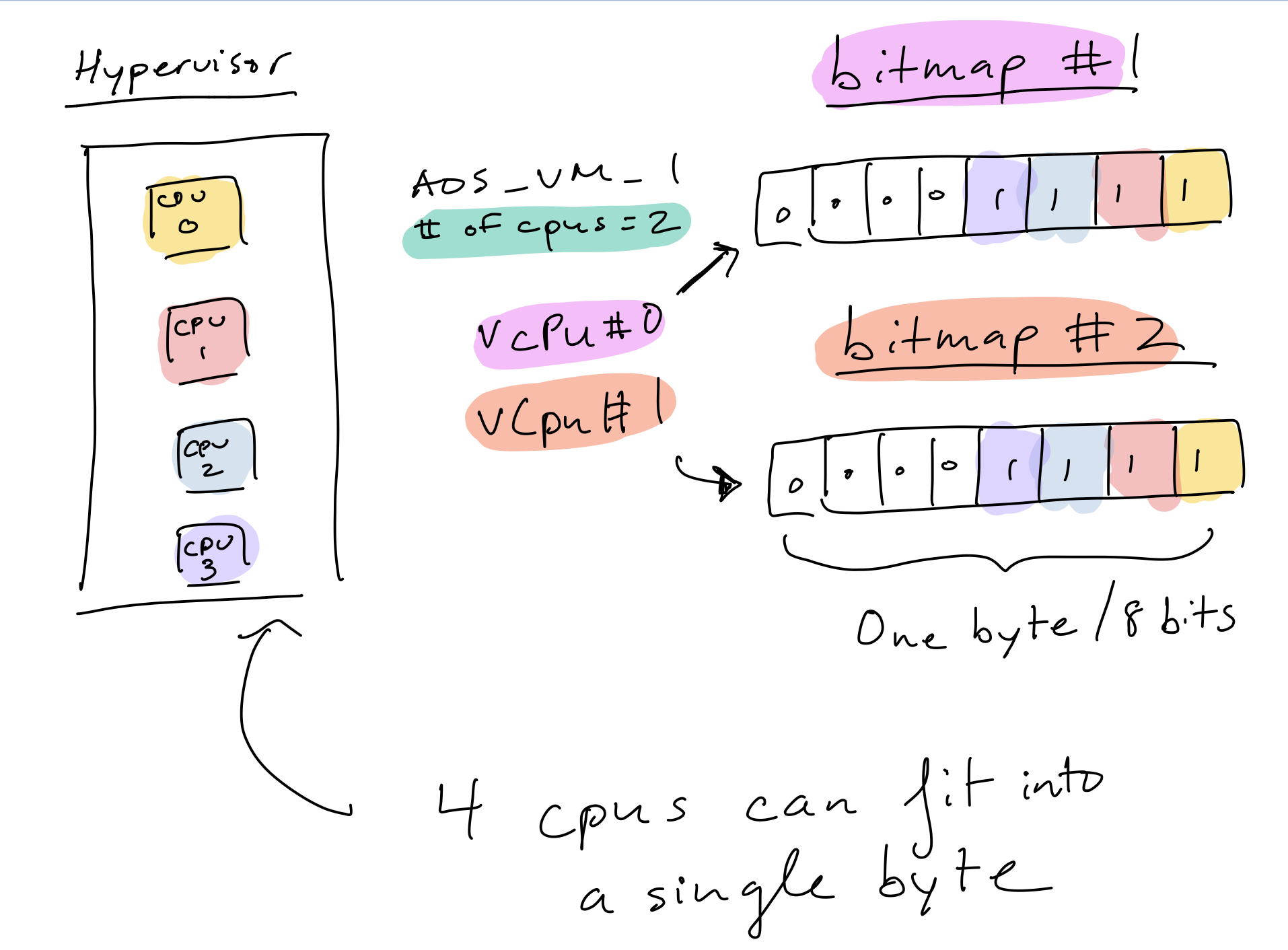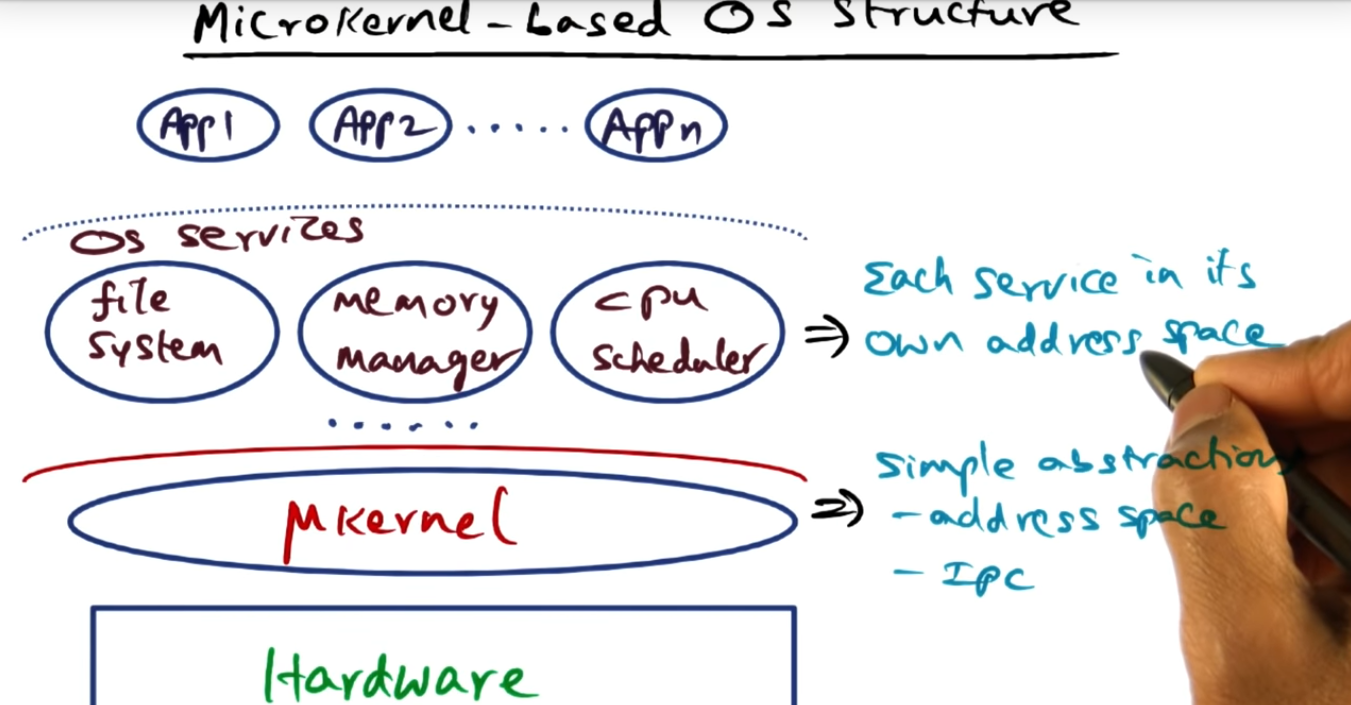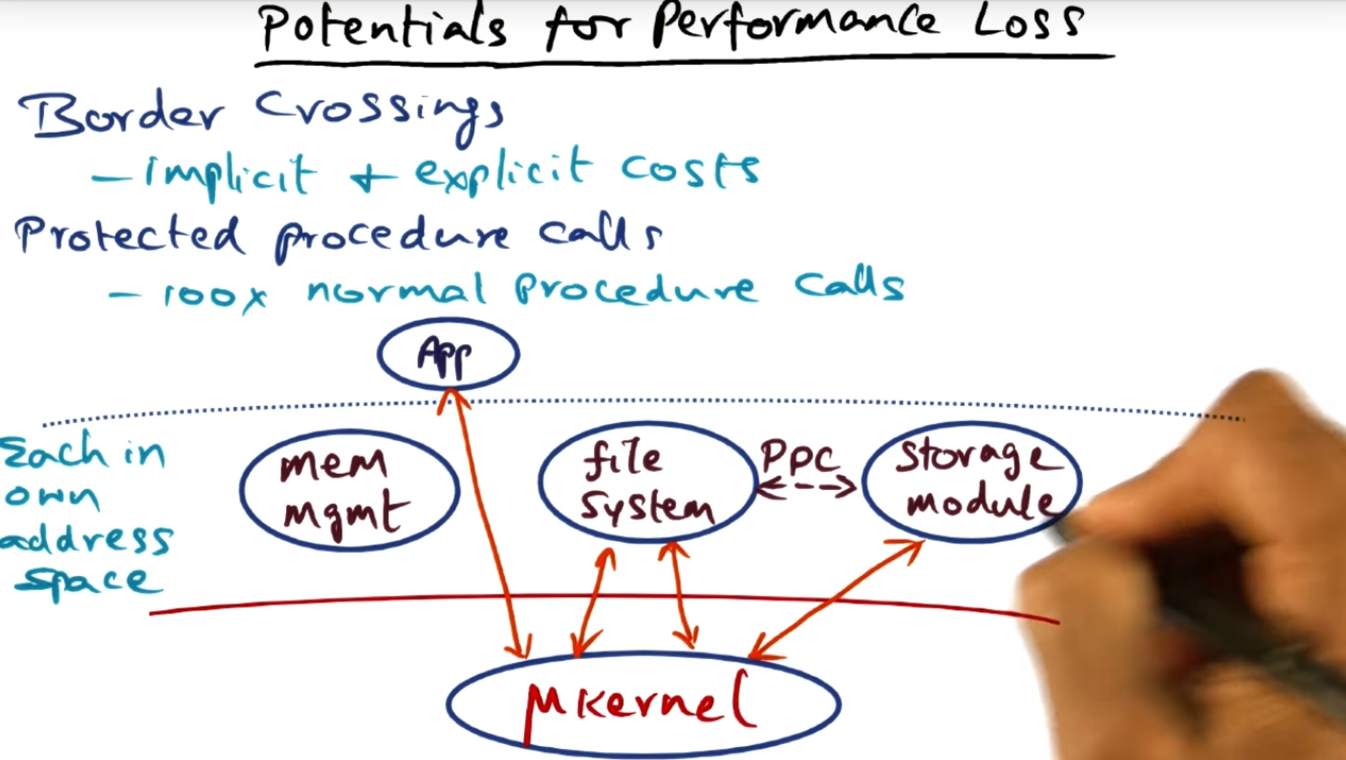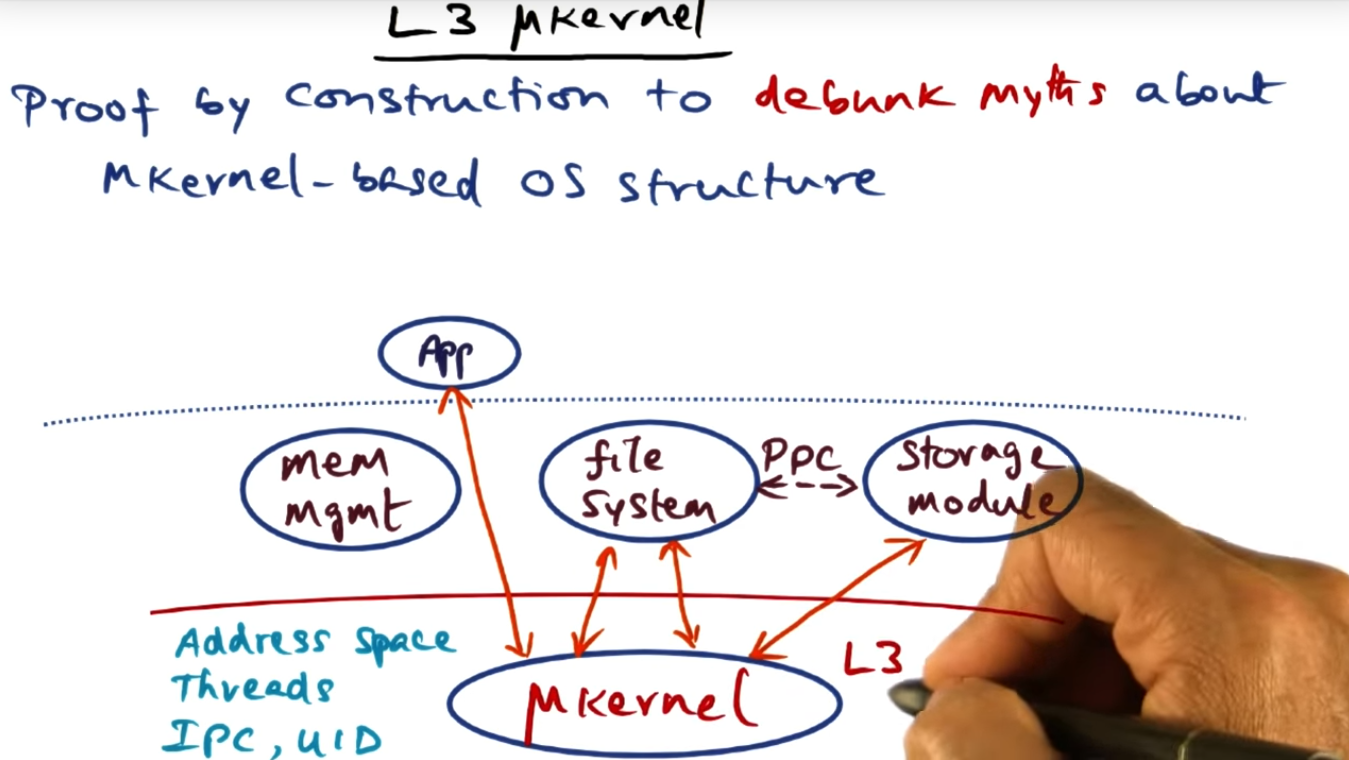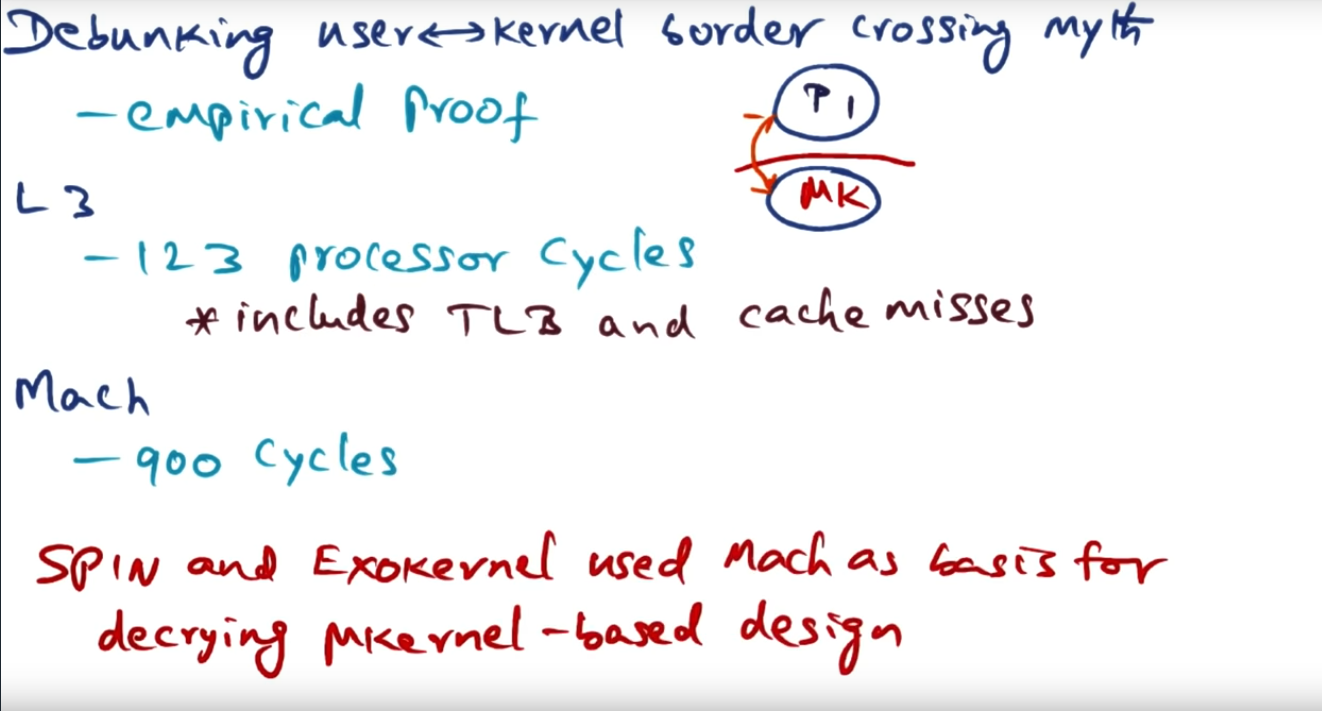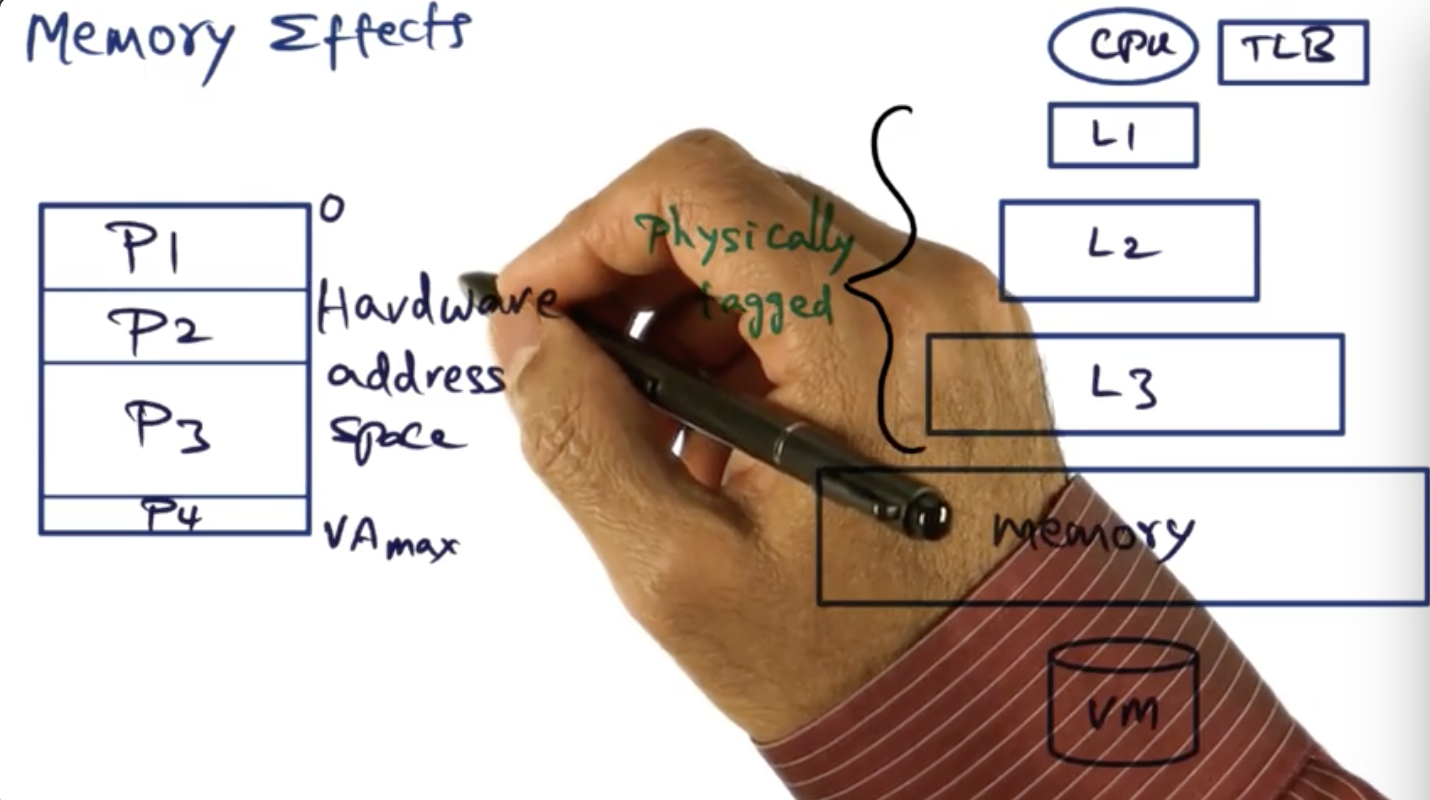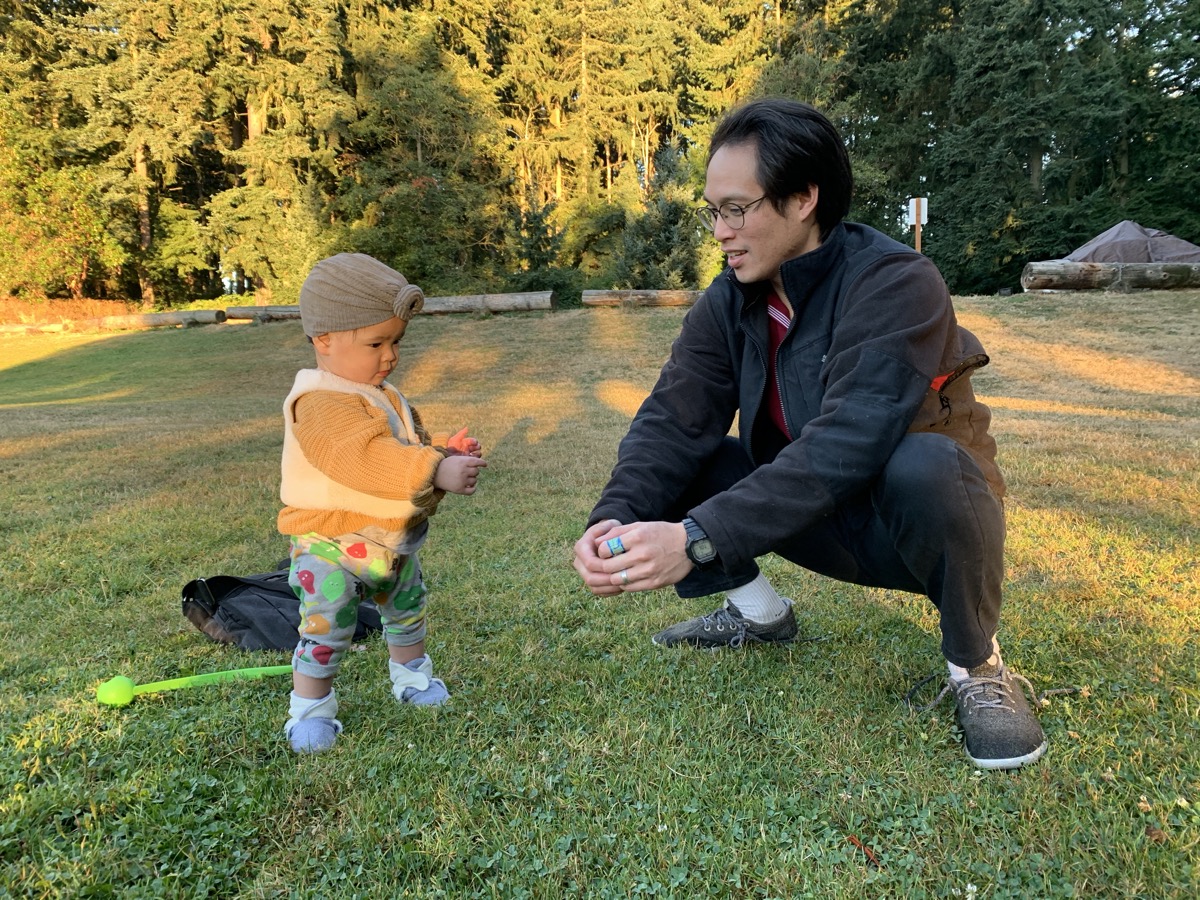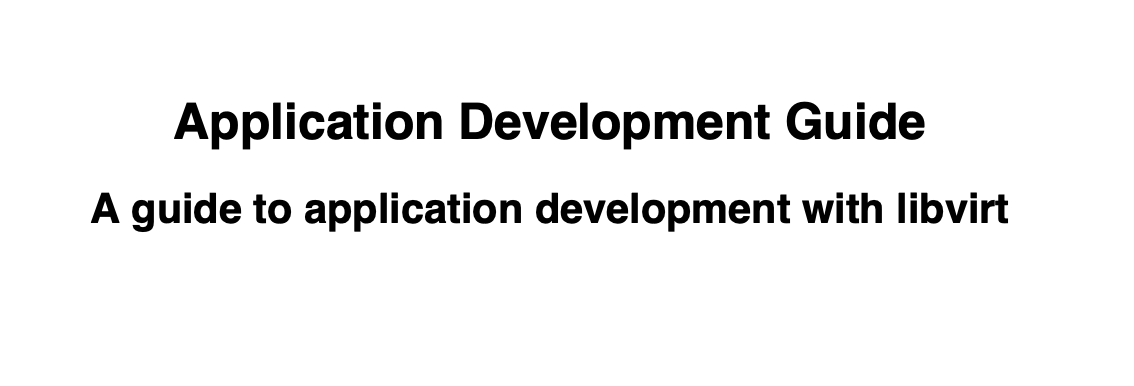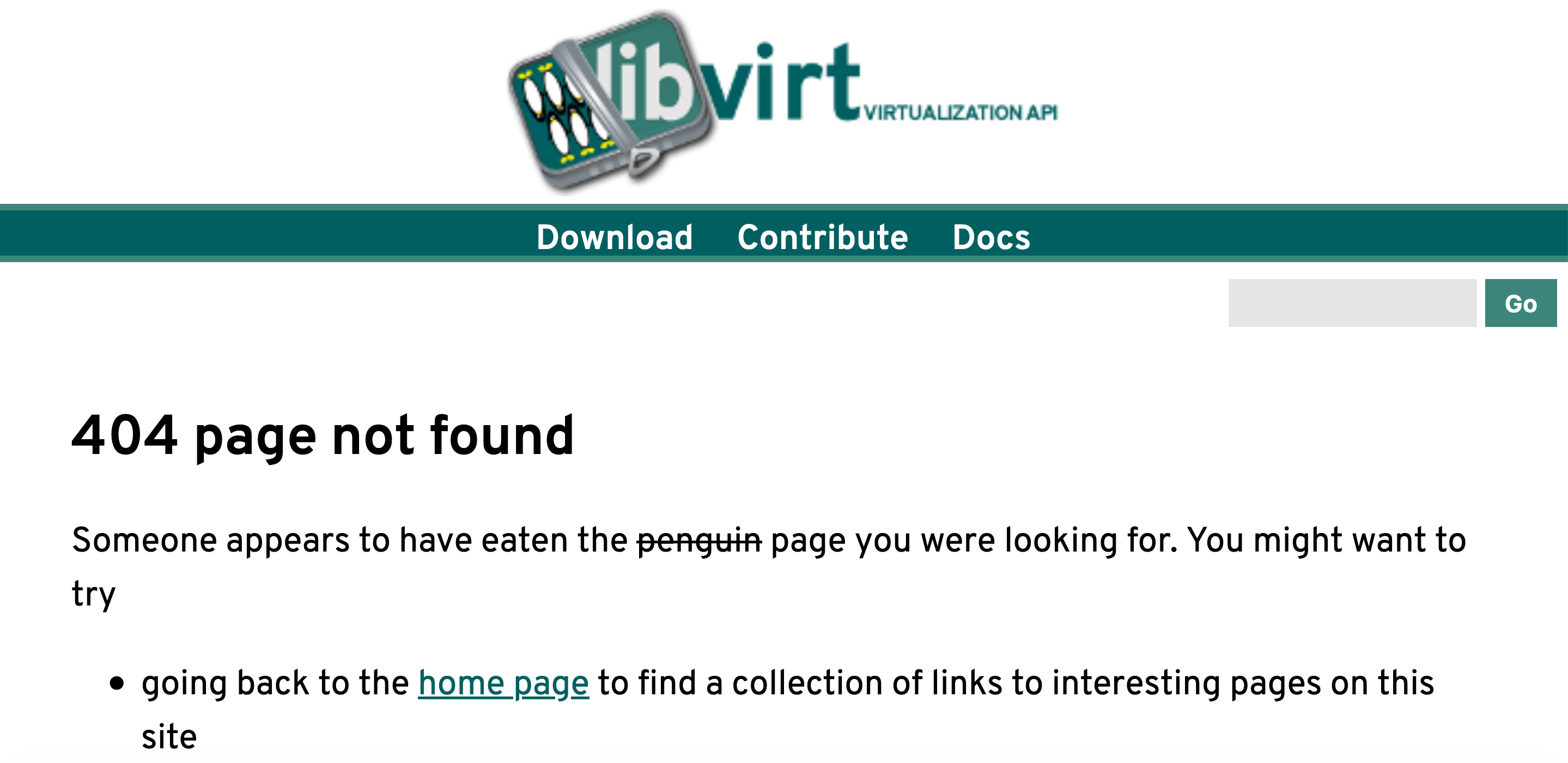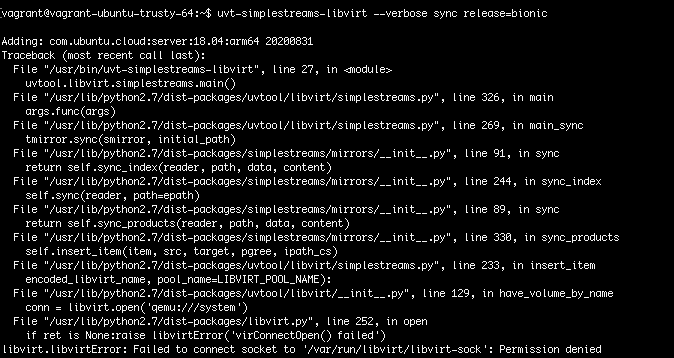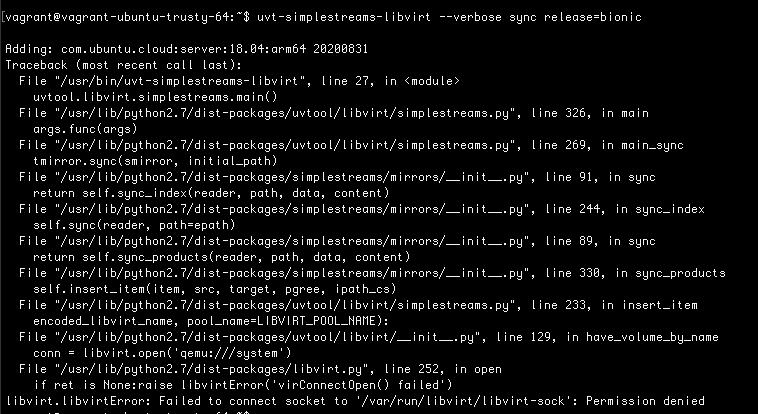Yesterday
Writing
- Blogged and published an entry for my daily review
- Blogged and published an entry explaining the libvrt’s bit map data structures that map virtual CPUs to physical CPUs
Music
- Noodled around on the guitar, playing chords in a minor key up the neck (need to start structuring and mixing up my practice sessions since they are limited to about 10-15 minutes a day — oh how fatherhood changes how we spend and maximize our alone time)
Graduate School
- Hit pause on writing C code and shifted my focus to diagramming the bitmap data structure
- Finished watching the videos lectures on “memory virtualization” and began watching the next series on CPU & Memory Virtualization
- Learned the underlying implementation of techniques such as driver ballooning and oblivious page sharing, technologies that I used to apply as a systems administrator — close to 10 years ago — when running a VMWare ESXi cluster. So awesome to be peeling off layers of the onion and gaining a deeper understanding of computer science
Work
- Met with the senior network principle engineer to discuss my design document. He agreed that the open questions I had, around failure scenarios, needed to be investigated deeper. All the points he made on data supported approach and scalability and extensibility resonated with me.
- Ordered a new develop EC2 instance, the new instance costing $110 per month (in comparison to my $25.00 instance). The portal in which I launched the instance warned me that the cost exceeds 75% of most other machines. The way I justify the decision is that I sometimes spend more time in a day watching GCC compile my code, slowing down my development velocity (which costs more than $110.00 per month).
Friends and Family
- Miss: Forgot to call my grandma using Facebook Messenger. It’s been several months since she last seen Elliott and she called me the last couple days to see her. Shucks. I even added the item to my Inbox on OmniFocus; I just didn’t reviewed my list. Oh well. Will need to come up some sort of mechanism to periodically review my calendar and my tasks throughout the day.
- Bathed Elliott last night, despite being completely shattered from waking up at 04:00 (the tiny window of focused work, whenever everyone is sleeping, even the dogs). During our bathes, we started playing this new game: I stretch out my fingers and point at my wedding ring and she tries to slide the ring off and on my finger. This game is an excellent way for her to build her motor skills and she’s improved significantly over the last couple days. It’s really cute to see her eye brows burrow when she struggles with some task and I just always try to encourage her to keep trying (and modify the game slightly to set her up for success).
Photo of the day

Today
As mentioned in my previous posts, I’m moving from North Seattle to Renton (the “burbs”). The entire process moving fast: in less than 3 weeks, we’ll be (fingers crossed) move into our new home that offers more space for Elliott to crawl around. We’re just waiting for the inspection report to land in our inboxes (sometime this morning) so that we can negotiate what repairs (such as replacing the water heater pressure tank) need to happen before we move in.
Organization
- Process e-mail inbox down to zero
Graduate School
- Wrap up watching lecture on CPU and device scheduling
- Run the CPU scheduling monitoring code (for Project 1) to get a sense of how the hypervisor’s default scheduler balances work out among the virtual CPUs. I’m guessing that the default behavior of the hypervisor does a decent job of scheduling work so I wonder how much my own scheduler implementation will improve utilization of the underlying physical CPUs
Mental and Physical health
- Attend acupuncture session. This will be the first acupuncture session since COVID hit back in February, almost 8 months ago. Our acupuncture closed shop, rightly slow, and only now is starting to open up her clinic.
Work
- Revisit the open comments from design review and follow up with AWS Networking teams
Family
- Check work calendar and check if I can perform the home inspection at 2:00 PM on Thursday
What are you grateful for?
Allergy season ending (no more injecting Flownase every day) and my dogs resting by my feet, providing warm company, as work remotely from home.

